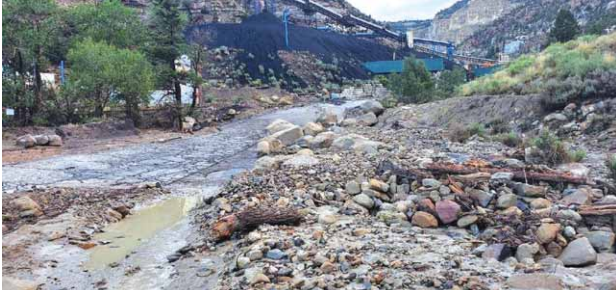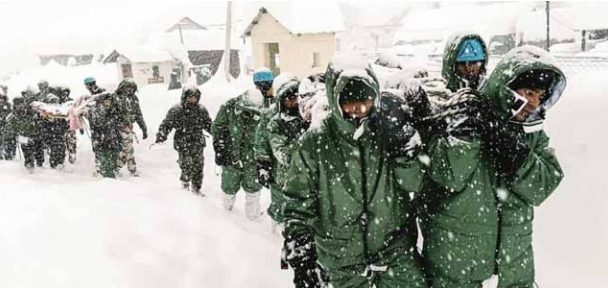On July 3rd, Hurricane Beryl unleashed its fury on Jamaica, bringing fierce winds, torrential rain, and widespread devastation to the island. After wreaking havoc across the eastern Caribbean, where it claimed at least seven lives, Beryl made landfall on Jamaica’s southern coast with winds reaching a terrifying 130 mph (215 km/h).
Beryl, now infamous for becoming the earliest hurricane on record to strengthen into a Category 4 storm, delivered catastrophic sea surges and deadly winds fueled by warming ocean waters. The storm’s destructive path is a stark reminder of the increasing intensity of hurricanes in the face of climate change.
As floodwaters swept through the streets of Jamaica and roofs were torn from homes, parts of the island plunged into darkness as power outages disrupted daily life. Tragically, one fatality has been confirmed—a person who lost their life when a tree crashed through their home.
Though Beryl has since weakened to a Category 2 storm and shifted its trajectory toward southern Mexico, the impact on Jamaica remains profound. Residents are grappling with the aftermath of the storm, from damaged infrastructure to displaced families. Recovery efforts are underway, but the sheer force of the hurricane has left scars that will take time to heal.
For those following Beryl’s path, resources like the UNOSAT web map and EUMETSAT’s detailed case study offer critical insights into the storm’s trajectory and impact. As the Caribbean braces for future storms, the lessons from Hurricane Beryl are clear: extreme weather is becoming the new normal, and island nations are on the front lines of this growing crisis.
Jamaica, like its neighbors in the Caribbean, now faces the long road to recovery, but the resilience of its people shines through in the aftermath of this historic storm.
Source:
Disasterscharter.org






